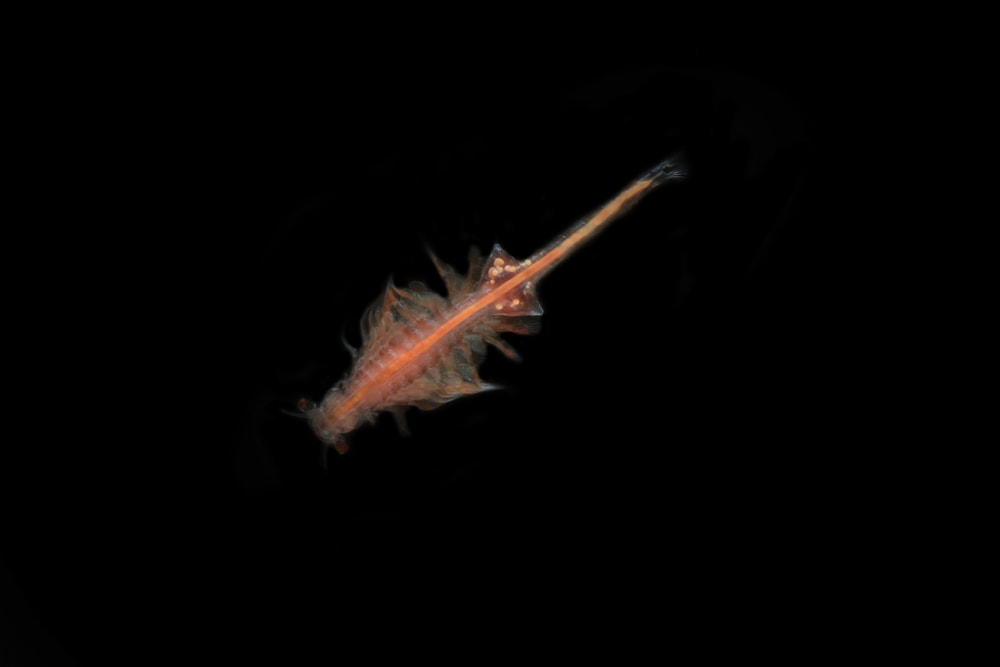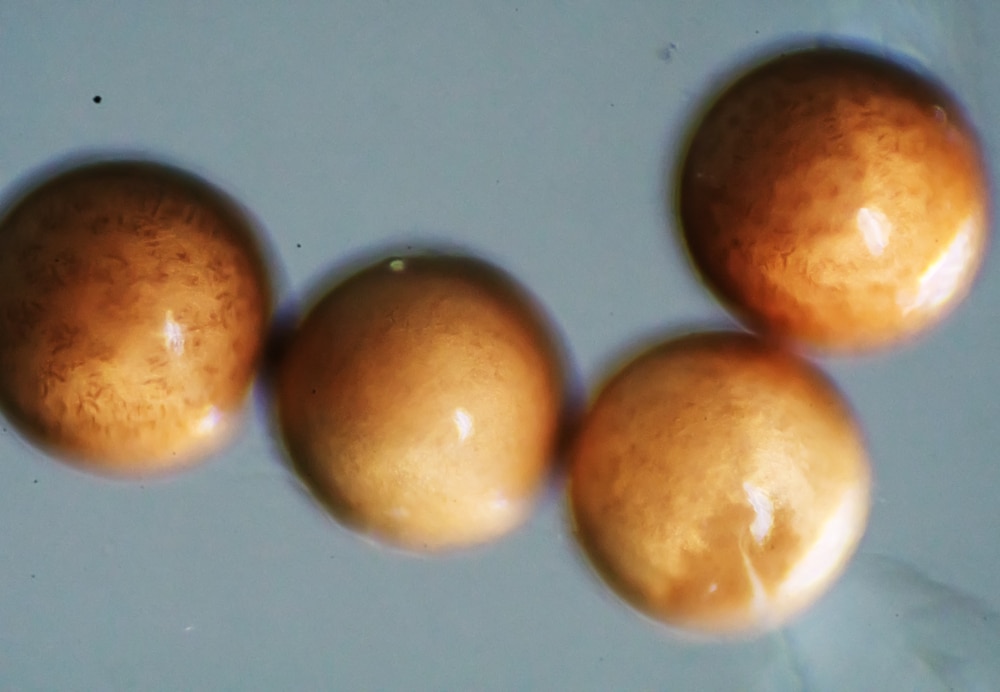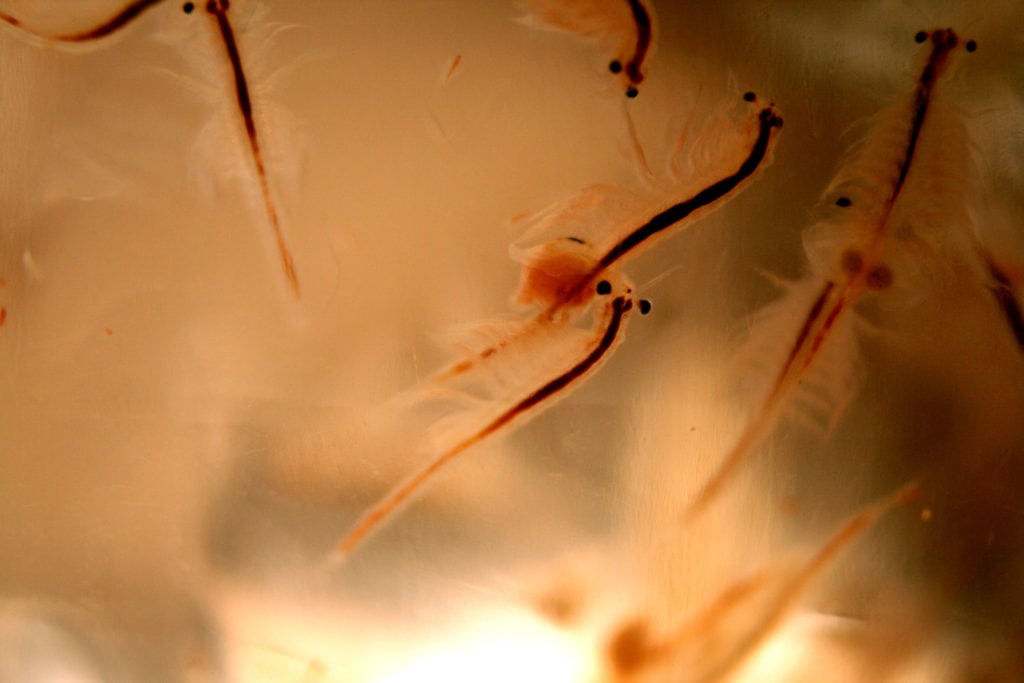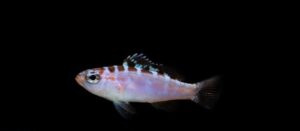 Prepared foods have their merits. Aside from the obvious (their convenience), they are consistent in quality, easily available and relatively inexpensive. Some prepared diets may be as palatable and digestible as an animal’s favored item in the wild. They can also help considerably to vary most aquarium animals’ day-to-day diets.
Prepared foods have their merits. Aside from the obvious (their convenience), they are consistent in quality, easily available and relatively inexpensive. Some prepared diets may be as palatable and digestible as an animal’s favored item in the wild. They can also help considerably to vary most aquarium animals’ day-to-day diets.
That being said, it’s hard to beat live foods. Just throw a live food such as brine into your tank along with a few pinches of flakes and see how your fish vote. We all know already how that’ll go, right?
Most reef aquarium fishes are either carnivorous or omnivorous. These animals have a varied and highly nutritious menu in their natural habitat; so should they have a rich diet in captivity. This means you should offer them–at least on occasion–an appropriate live food. Not only will this make you a super-nice fishkeeper, and not only will the food be super-healthy for the creatures in your keep, but it will additionally elicit the animals’ natural feeding behaviors and create a dramatic spectacle for all. Even more, it can make all the difference (survival or sewer bound) when trying to condition a newly introduced, spooked out, delicate fish to life in captivity–specifically, getting it to start eating.
[LiveFoods]
Brine Shrimp Just Add Water. And Salt.
For the last century, the most widely used species in both aquarium keeping and aquaculture (whether freshwater or saltwater) has been the brine shrimp (Artemia salina). This is largely because of the ease with which they can be transported and stored. Why is shipping/storing them so easy? Their cyst.
A cyst is an alternative to an egg. Unlike eggs which are delicate and must hatch in short time, cysts are tough and can “rest” for extended periods of time, often after enduring extremely harsh conditions. They can even rest for long periods in a dried out and frozen state. Canned, frozen Artemia cysts have been available to generations of fishkeepers.
Yet, the one thing that allows for all of this–the cyst capsule–adds some draw-backs. These include:
- The sturdiness of the capsule increases the amount of energy spent by a young brine shrimp as it hatches.
- The capsule lengthens hatching time.
- Many aquarium animals have difficulty ingesting/digesting the tough capsule.
- The capsule surface is a site for the potential transfer of pathogenic organisms.
The solution for these issues is decapsulation. Decapsulation involves mixing and aerating caustic materials such as bleach and sodium hydroxide. Not only is handling the concoction during the decapsulation process unpleasant, it must be carried out to a T to avoid incomplete treatment or worse, killing the embryos within the cysts.
Getting the Treatment
Thankfully, decapsulated cysts are available in the trade to all, including home aquarists. These are stored moist and must be refrigerated (but not frozen). While Artemia cysts have a very long  shelf life in this state, they must be used up a little faster than the dry counterpart. What decapsulated cysts lack in terms of the slightly shorter shelf life, they more than make up for in terms of nutritional value, practicality and biosecurity.
shelf life in this state, they must be used up a little faster than the dry counterpart. What decapsulated cysts lack in terms of the slightly shorter shelf life, they more than make up for in terms of nutritional value, practicality and biosecurity.
These cysts produce less waste. They hatch a little faster (many suggest that decapsulation increases hatching rate as well!). Because the young brine shrimp (nauplius) uses less endogenous energy (from its yolk sac) to break free of the capsule, it is more nutritious as a feed. Better yet, because the decapsulation process sterilizes the outer surface of each cyst, there is no risk of introducing pests/diseases. With no capsule, even the unhatched cysts are highly palatable, safe and nutritious for animals such as corals. And you won’t have to mess around with aerators in a bucket of limey bleach water.
AlgaeBarn provides an entirely new option for live decapsulated brine shrimp. Packaged as cysts, the Artemia in Nano Brine™ reliably hatch in their temperature-controlled environment during transit. You simply open the package, pour the shipping water through a fine net (make sure it’s a “brine shrimp net”) and toss the little live Artemia straight into the tank. Pretty simple, right? And no crusty hatching bucket to clean! Could it get any simpler? We dare say yes. Nano Brine™ are available by subscription. That means you can have wee baby brine shrimp, freshly hatched from decapsulated cysts, arrive at your home automatically on a schedule of your choosing (oh, and get a little discount).
Enrich Artemia that are more than a couple days old (post-hatch) by gut loading with OceanMagic™ and PNS Probio™ just before offering them to your fish!
The Brine Shrimp: Quintessential Fish Treat
So what does this mean for your fish? Let’s face it, once we’ve had and known fishes, we “get” that they are fairly intelligent creatures that are capable of experiencing (sort of, at least) emotion, curiosity, excitement… It sure seems that there is a fish psychology, if we may describe it as such. And key to the psychological health of most captive animals is enrichment. Enrichment provides opportunity for novel experiences that serve as a sort of neurological exercise and promote natural behaviors. For a fish, no activity is more stimulating, thrilling and invigorating than seeing, chasing down and capturing live prey. Even most “herbivores” go nuts when presented with live brine shrimp.
Well, and watching the whole thing can get a little exciting for the keeper and other spectators as well. Who could grow tired of watching their fish frenziedly feast upon a live, wholesome zooplankton such as Nano Brine™ each and every month?
[LiveFoods]






Colin says
I need to start culturing some brine shrimp! They sound great for my fish and corals
burrkester says
Will brine reproduce in a sump?
Swan S says
We are export prawn from india. white feces syndrome
Ocean Nutrition says
The solution for these issues is encapsulation. Decapitation involves mixing and aerating caustic materials such as bleach and sodium hydroxide
Ocean Nutrition says
This means you should offer them–at least on occasion–an appropriate live food.
Angel Alcay says
I birthed some baby brine shrimp it seems like my fish where more active in hunting them down even though the brine shrimp where slow movers
Paul McGhee says
NOT THE GREATEST FOR NUTRITION. SORT OF LIKE CANDY.
Fred Hollins says
Not true if fed within the first 3 days they are extremely high in protein and probably one of the best foods available for fry